Magnetic Field Demonstrator
Magnetic Field Demonstrator Specification
- Usage
- For Laboratory and College Purpose
- Product Type
- Magnet Field Demonstrator
- Material
- Glass
- Size
- 150x75 MM
- Feature
- Long Working Life
- Color
- Transparent
Magnetic Field Demonstrator Trade Information
- Minimum Order Quantity
- 10 Pieces
- Payment Terms
- Cash in Advance (CID), Cash Advance (CA)
- Supply Ability
- 500 Pieces Per Day
- Delivery Time
- 1 Week
- Packaging Details
- Carton Box
- Main Export Market(s)
- Australia, Western Europe, Middle East, Central America, South America, Asia, Eastern Europe, North America, Africa
- Main Domestic Market
- All India
About Magnetic Field Demonstrator
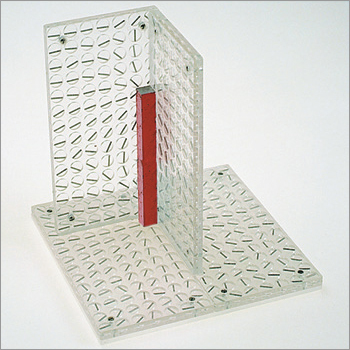

Price:
- 50
- 100
- 200
- 250
- 500
- 1000+
More Products in Electricity & Magnetism Category
Electric Door Bell
Price Range 150.00 - 1000.00 INR / Piece
Minimum Order Quantity : 10 Pieces
Color : Blue and Silver
Product Type : Science Laboratory Door Bell
Material : Steel
Feature : Long Working Life and High Strength
Mounted on a Insulated Atand Electrostatic Conductor
Price Range 500.00 - 5000.00 INR / Piece
Minimum Order Quantity : 10 Pieces
Color : Silver and Black
Product Type : Electrostatic Conductor
Material : Metal
Feature : Long Working Life and High Strength
Decade Resistance Box
Price Range 1000.00 - 5000.00 INR / Piece
Minimum Order Quantity : 10 Pieces
Color : Black and White
Product Type : Resistance Box
Material : Plastic
Feature : Long Working Life and High Strength
Banana Plug, 4Mm
Price Range 9.00 - 50.00 INR / Piece
Minimum Order Quantity : 10 Pieces
Color : Red and Black
Product Type : Banana Plug
Material : Metal and Plastic
Feature : High Performance and Great Strength
SCI-LAB SOLUTION

 Send Inquiry
Send Inquiry
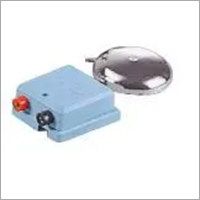
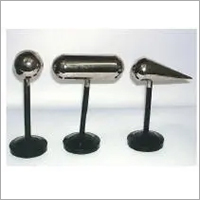
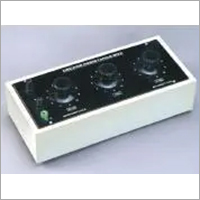
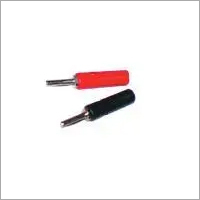
 Send Inquiry
Send Inquiry Send SMS
Send SMS
